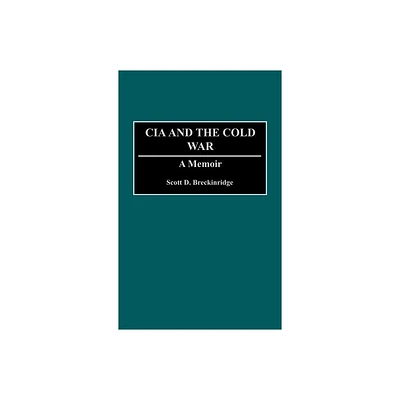Home
The Official CIA Interrogation & Manipulation Manual: The Cold War KUBARK Files
Loading Inventory...
Barnes and Noble
The Official CIA Interrogation & Manipulation Manual: The Cold War KUBARK Files
Current price: $9.95


Barnes and Noble
The Official CIA Interrogation & Manipulation Manual: The Cold War KUBARK Files
Current price: $9.95
Loading Inventory...
Size: OS
*Product Information may vary - to confirm product availability, pricing, and additional information please contact Barnes and Noble
This 108-page manual, classified Secret, was drafted in July 1963 as a comprehensive guide for training interrogators in the art of obtaining intelligence from "resistant sources." (As indicated above, two versions of the document - declassified 17 years apart - are presented in this posting.) KUBARK - a CIA codename for itself - describes the qualifications of a successful interrogator, and reviews the theory of non-coercive and coercive techniques for breaking a prisoner. Some recommendations are very specific.
The manual recommends, for example, that in choosing an interrogation site "the electric current should be known in advance so that transformers and other modifying devices will be on hand if needed." Of specific relevance to the current scandal in Iraq is section nine, "The Coercive Counterintelligence Interrogation of Resistant Sources," Under the subheading, "Threats and Fears," the CIA authors note that "the threat of coercion usually weakens or destroys resistance more effectively than coercion itself. The threat to inflict pain, for example, can trigger fears more damaging than the immediate sensation of pain." Under the subheading "Pain," the guidelines discuss the theories behind various thresholds of pain and recommend that a subject's "resistance is likelier to be sapped by pain which he seems to inflict upon himself" rather than by direct torture. The report suggests forcing the detainee to stand at attention for long periods. A section on sensory deprivations suggests imprisoning detainees in rooms without sensory stimuli of any kind, "in a cell which has no light," for example. "An environment still more subject to control, such as water tank or iron lung, is even more effective," the KUBARK manual concludes.
The manual recommends, for example, that in choosing an interrogation site "the electric current should be known in advance so that transformers and other modifying devices will be on hand if needed." Of specific relevance to the current scandal in Iraq is section nine, "The Coercive Counterintelligence Interrogation of Resistant Sources," Under the subheading, "Threats and Fears," the CIA authors note that "the threat of coercion usually weakens or destroys resistance more effectively than coercion itself. The threat to inflict pain, for example, can trigger fears more damaging than the immediate sensation of pain." Under the subheading "Pain," the guidelines discuss the theories behind various thresholds of pain and recommend that a subject's "resistance is likelier to be sapped by pain which he seems to inflict upon himself" rather than by direct torture. The report suggests forcing the detainee to stand at attention for long periods. A section on sensory deprivations suggests imprisoning detainees in rooms without sensory stimuli of any kind, "in a cell which has no light," for example. "An environment still more subject to control, such as water tank or iron lung, is even more effective," the KUBARK manual concludes.


















